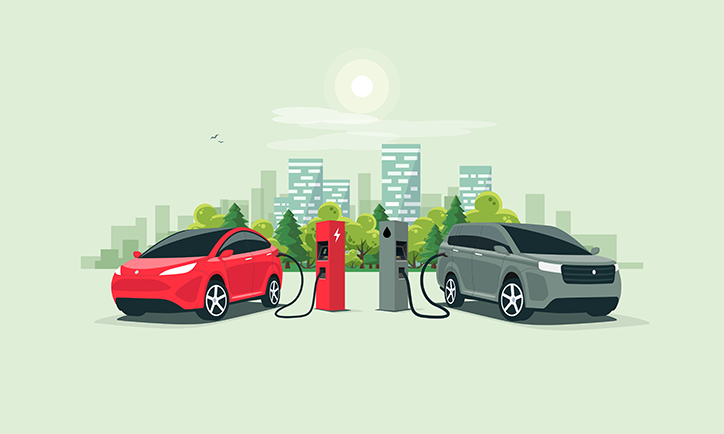As summer fades and the school year approaches, many families experience changes in their daily routines and electricity usage. Here are some practical tips to help you manage this transition smoothly, save energy, and reduce your electricity bills.
1. Adjust Your Thermostat
During summer, you might have kept the air conditioning running to stay cool. As the weather cools down with the approach of fall, adjust your thermostat settings to reflect the lower temperatures. Consider setting your thermostat to a higher temperature when you’re not at home, and use programmable or smart thermostats to automate these adjustments.
2. Optimize Lighting
With kids heading back to school, the house might be empty during the day. Take advantage of natural light to reduce the need for artificial lighting. Make it a habit to turn off lights when leaving a room, and consider switching to energy-efficient LED bulbs, which consume less electricity and have a longer lifespan.
3. Manage Electronic Devices
The back-to-school season often means more electronic devices in use, from laptops and tablets for schoolwork to entertainment devices for relaxation. Unplug devices when they’re not in use or use power strips to easily turn off multiple devices at once. Encourage your kids to adopt these habits as well.
4. Use Energy-Efficient Appliances
If you’re upgrading appliances or electronics for the new school year, look for ENERGY STAR-rated products. These are designed to use less energy without sacrificing performance. From computers to kitchen appliances, energy-efficient options can significantly cut your electricity usage.
5. Schedule Household Chores Wisely
During summer, you might have done laundry or run the dishwasher at different times. With kids back in school, establish a routine that maximizes energy efficiency. Run full loads of laundry and dishes during off-peak hours, typically in the early morning or late evening, when electricity demand and rates are lower.
6. Educate Your Family
Make energy efficiency a family affair. Discuss the importance of saving energy and how everyone can contribute. Simple actions like closing the refrigerator door quickly, turning off fans when leaving a room, and taking shorter showers can collectively make a big difference.
7. Prepare for Shorter Days
As daylight hours decrease, consider ways to make the most of the natural light available. Open curtains during the day to let in sunlight and reduce the need for artificial lighting. In the evening, use task lighting rather than lighting up entire rooms.
8. Conduct an Energy Audit
A home energy audit can identify areas where you’re losing energy and suggest improvements. This can range from sealing drafts to adding insulation. Many utility companies offer free or discounted energy audits, so take advantage of these services to make your home more energy-efficient.
9. Set a Routine
With the structure of the school year, set regular times for activities that involve high energy usage. For example, designate certain times for cooking, doing laundry, and using electronic devices. A consistent routine can help spread out energy usage and prevent spikes.
10. Embrace Renewable Energy
If you haven’t already, consider investing in renewable energy sources like solar panels. While the initial cost may be high, the long-term savings and environmental benefits are substantial. Many regions offer incentives and rebates to make this transition more affordable.
By implementing these tips, you can transition smoothly from the high energy demands of summer to a more efficient and cost-effective back-to-school season. Every small effort counts, and together, we can make a significant impact on our energy consumption and the environment.
At SmartEnergy, we’re committed to helping you live more sustainably. Stay tuned for more tips and insights on energy efficiency and renewable energy solutions.



